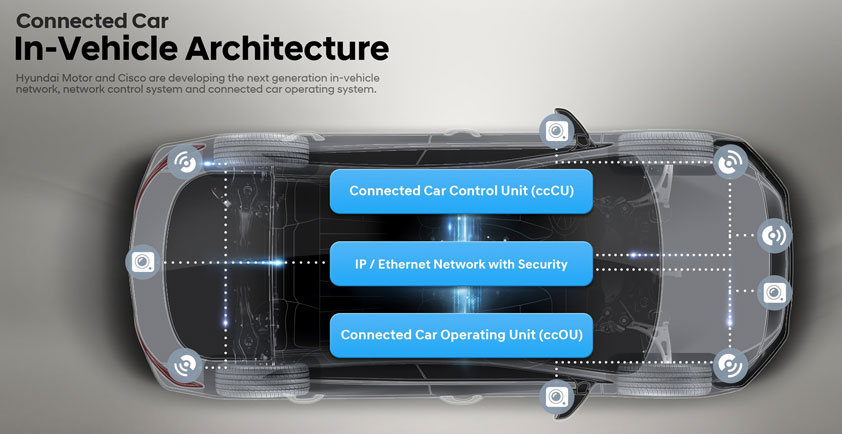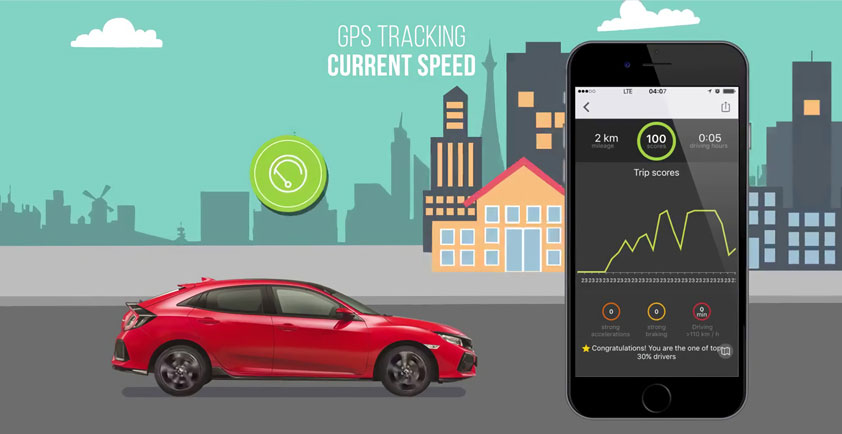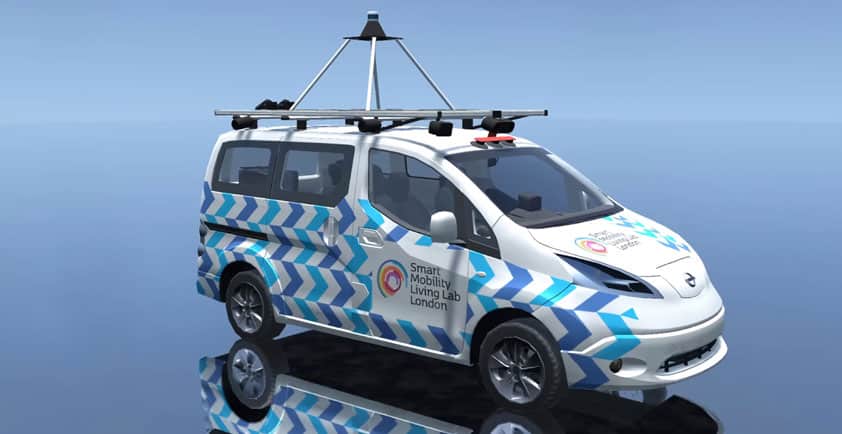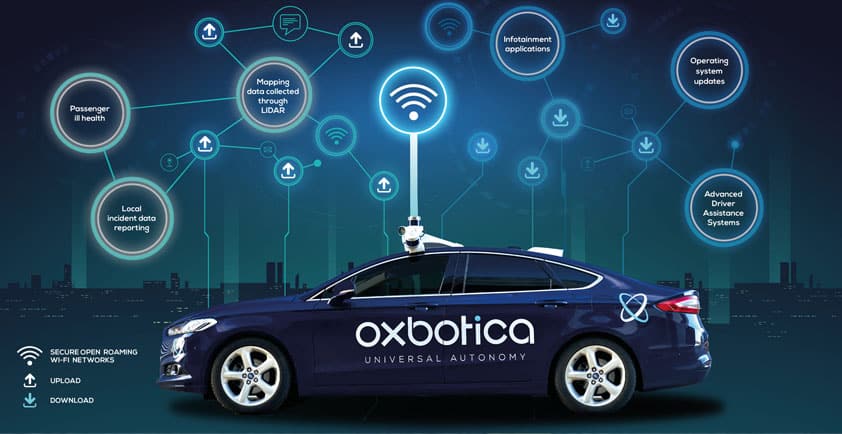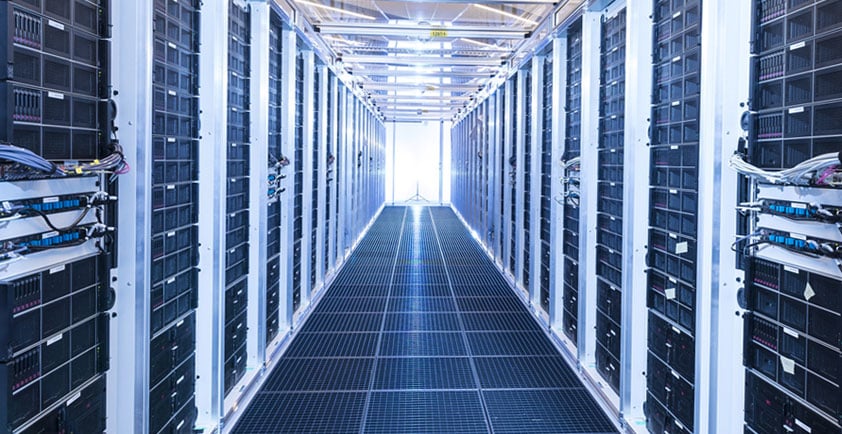
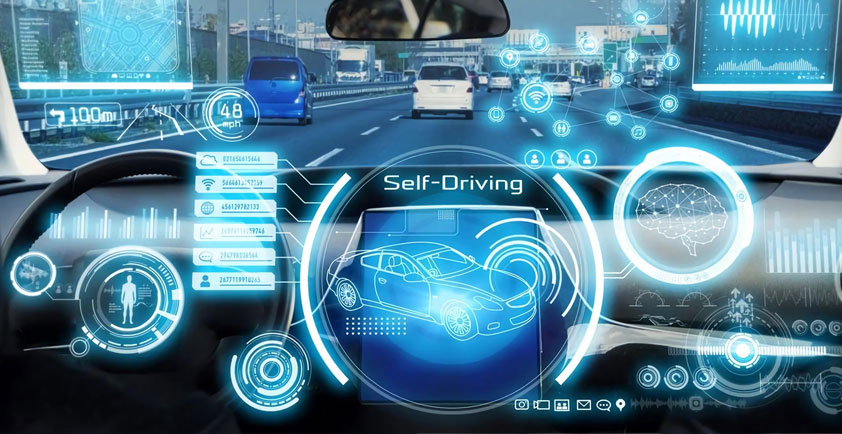
CONNECTED CAR – THE DRIVEN HOUR – WHITEPAPER
Connected vehicles are considered to be one of the major drivers for investment in cellular communications technologies with forecasts projecting every new vehicle produced being ‘connected’ by 2025.
What does this mean with respect to the impact on communications networks? What are the applications driving the growth in data and what data volumes will network operators be expected to transport?
In a series of blog posts, starting with "Connected Car - The Driven Hour", we examined today’s Connected Cars, to consider the range of applications being used to provide information to the vehicle manufacturers, those designed for the consumer and the data volumes vehicles will generate and consume. We then looked forward to the next generation of vehicles, past the hype of ‘4TB per day’ to understand what future applications may look like and what data volumes will these produce.
Data comes at a cost
Connected Vehicles will generate significant volumes of data but
> Most of the data will be consumed within the vehicle
> Only a ‘valuable’ subset of the data will be transmitted
> The commuter vehicle duty-cycle data volume will be ~8GB, not the 4TB figure initially suggested
As the number of Connected Vehicles increases and in parallel, the suite of applications on those vehicles drives increased data volumes, access network operators (cellular and wifi) and vehicle manufacturers will need to make certain considerations to support vehicles at a global scale. Data from vehicles will pass over multiple access mechanisms, all of which will need to be managed in a heterogeneous way into a 5G network slice. Furthermore, there is the opportunity for collaboration between service providers and vehicle manufacturers with respect to the way network slices and the services within the slice will be contracted, operated and monitored.
However, this is only one element of the data transport and processing pipeline between the vehicle and the vehicle manufacturer’s data centers. The cost of data needs to be considered in a broader, more holistic context, since the cost of cloud-based computing solutions includes not just the compute but storage and data transmission from the cloud, too. With vehicle fleets deployed globally and the ecosystem of dealerships, service partners, insurance and finance operating at regional levels, the opportunity exists to exploit in-region data processing capacity to reduce the amount of data that needs to be transported back to the vehicle manufacturer’s main data centers. At the same time, the in-region point of presence can serve as a gateway for data exchange with partners in the ecosystem.
Raise the level of conversation
The blog posts have been assembled into a whitepaper for you to download (click here), share with your colleagues and start the conversation.
Connected Cars are here today and more are coming. A better understanding of the ‘data duty-cycle’ will enable the design and engineering of solutions that bring benefits and revenue opportunities for both vehicle manufacturers and network operators.
Author: Joel Obstfeld - Distinguished Engineer
Chief Technology & Architects Office
Joel Obstfeld is a Distinguished Engineer within Cisco's Chief Technology & Architects Office, currently exploring Connected & Autonomous Vehicles (CAVs), Connected and Automated Transportation Systems (CATS), Smart Factories and 'The Network'.

